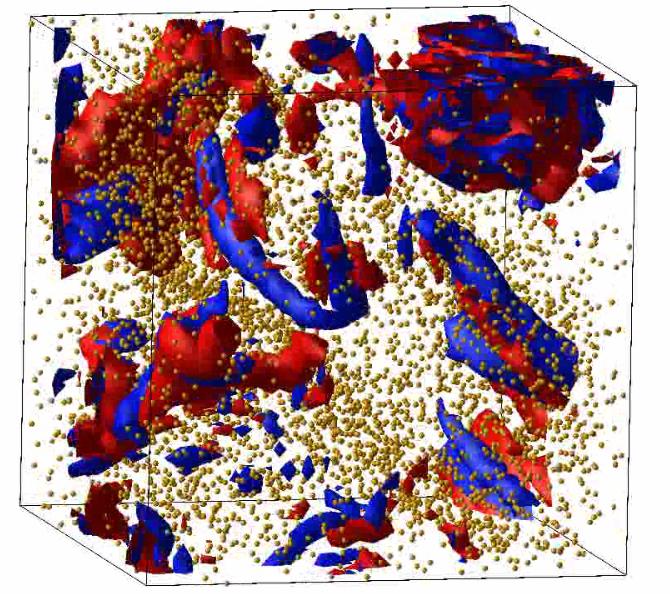Sub-project B
Sub-project B:
From Clouds to Stars and Planets: Toward a Unified Formation Scenario
Overview
We will use large-scale numerical simulations to reveal multi-physics and multi-scale phenomena such as the formation of molecular clouds and molecular cloud cores in galaxies, the growth of protoplanetary disks, the accumulation of planetesimals and the formation of planetary systems, and the growth of dust in turbulence in protoplanetary disks, and construct a consistent picture of the process from molecular clouds to protoplanetary disks and planets.
Objectives and methods of this project
We will perform first-principles calculations of the formation of molecular clouds and molecular cloud cores in galaxies, global magnetohydrodynamic simulations that take into account solid particles in protoplanetary disks, global N-body simulations of the accumulation of microplanets and planet formation in protoplanetary disks, and large-scale simulations of dust growth in turbulent flows in protoplanetary disks.
In addition, by directly comparing observations such as ALMA with simulations of star and planet formation, we will clarify the physics of real star and planet formation processes from both theoretical and observational perspectives.
Organization
Tohoku University, National Astronomical Observatory of Japan (NAOJ), Tokyo Institute of Technology (Titech), Okayama University, and 5 partner institutions in Japan and overseas
Research Director: Kengo Tomida (Associate Professor, Astronomical Instutute, Graduate School of Science, Tohoku University)

Molecular cloud and molecular cloud core formation simulation
(Iwasaki et al. 2019)

Structure of a vortex in high Reynolds number turbulence
(Ishihara et al.)

Distribution of dust particles ejected from the region of high vorticity and energy dissipation and forming highly concentrated clusters around it.
(Ishihara et al.)
